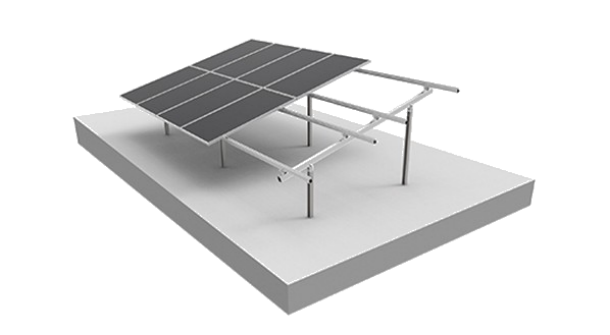
LoRa Modules in Solar Panel Mounting Systems
Share
As the demand for renewable energy continues to rise, solar power has emerged as one of the most promising and widely adopted clean energy sources. From large-scale solar farms to residential rooftop systems, photovoltaic (PV) technology is advancing rapidly. To further improve energy yield and operational efficiency, intelligent monitoring and remote control have become essential, placing higher demands on communication technologies used within these systems.
One critical component of a solar power system is the solar panel mounting structure. More than just a mechanical support, modern mounting systems—especially those with tracking capabilities—play a vital role in maximizing exposure to sunlight. By automatically adjusting the angle of the solar panels to follow the sun's movement, these intelligent mounts can significantly enhance energy generation. To achieve this functionality, stable and low-power communication methods are necessary for monitoring and control.
In this context, LoRa modules are an ideal solution. In a typical solar tracker system, the LoRa module is electrically connected to a main control unit (MCU) via UART or SPI interfaces. Working in coordination with angle sensors, motor drivers, and a power supply (often powered by the solar system itself), the LoRa module forms part of a reliable and energy-efficient wireless control network.
Key advantages of using LoRa modules in solar panel mounting systems include:
-
Ultra-low power consumption, ideal for solar-powered and battery-operated devices
-
Long-range communication, ensuring stable connectivity across wide and remote installations
-
Remote control capability, enabling centralized adjustment of panel angles
-
Reduced wiring and labor costs, simplifying deployment and maintenance
-
Improved energy efficiency, by enabling precise, automated sun-tracking
We offer self-developed LoRa modules tailored for solar mounting applications. They support popular frequency bands such as 433 MHz, 868 MHz, and 915 MHz, and can be customized in terms of output power to suit specific project needs. The modules come with built-in firmware, allowing for plug-and-play use, and are compact in size with strong compatibility—ideal for wireless control and data acquisition in various complex outdoor environments.
